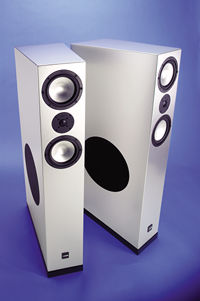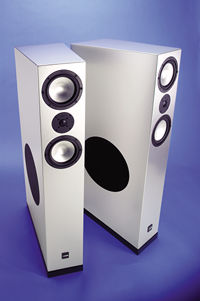Rumors persist that, in addition to SACD/CD hybrids, DVD-Audio/CD hybrid discs are on their way. How important is this to you?
Digital Content Agreement Reached
Digital Content Agreement Reached
- Read more about Digital Content Agreement Reached
- Log in or register to post comments
Added to the Archives This Week
Added to the Archives This Week
- Read more about Added to the Archives This Week
- Log in or register to post comments
Products Worth Investigating
Products Worth Investigating
- Read more about Products Worth Investigating
- Log in or register to post comments
Canton Karat Reference 2 DC loudspeaker Measurements
Canton Karat Reference 2 DC loudspeaker Measurements

- Read more about Canton Karat Reference 2 DC loudspeaker Measurements
- Log in or register to post comments
Canton Karat Reference 2 DC loudspeaker Review System
Canton Karat Reference 2 DC loudspeaker Review System

- Read more about Canton Karat Reference 2 DC loudspeaker Review System
- Log in or register to post comments
Canton Karat Reference 2 DC loudspeaker Specifications
Canton Karat Reference 2 DC loudspeaker Specifications

- Read more about Canton Karat Reference 2 DC loudspeaker Specifications
- Log in or register to post comments
Canton Karat Reference 2 DC loudspeaker Page 2
Canton Karat Reference 2 DC loudspeaker Page 2

- Read more about Canton Karat Reference 2 DC loudspeaker Page 2
- Log in or register to post comments
